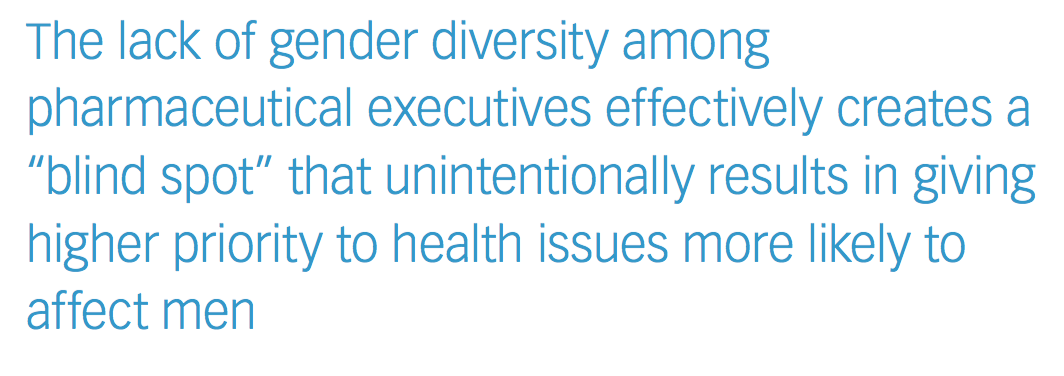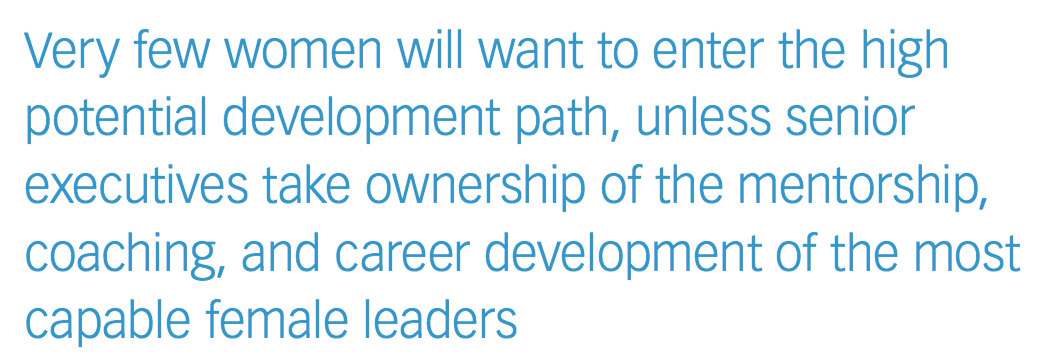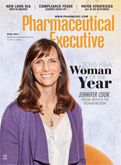The Diversity Dearth in Pharma
Pharmaceutical Executive
Why the industry needs more women in senior management roles-and the three strategies to get there.
Yahoo CEO Marissa Mayer is pregnant again, this time with twin girls. And once again, her pregnancy is newsworthy. Some sources are critical of her plan to take only two weeks of maternity leave as she did with her first child, rather than take advantage of the generous policy she established for her company. Others call her out for “setting unrealistic expectations” and “being a bad role model” for other working mothers who don’t have the advantage of an onsite nursery steps away from their office doors.
But why is this pregnancy the subject of so much conversation? (A Google search of “Mayer pregnant” reveals more than one million hits.) More importantly, why the critical scrutiny of her plans for maternity leave? This critical attention offers a sharp contrast to reporting of the recent birth of Facebook CEO Mark Zuckerberg’s child in which his family leave plans were neither questioned nor reported.
Meyer’s story illustrates in microcosm the challenge of gender diversity in global corporations. Since the passage of the Civil Rights Act in 1964, organizations have devoted substantial efforts to increasing the representation of women among their ranks and to “normalize” women in the workplace. And to some extent, these programs have been successful. Overall, the percentage of women in the contemporary workforce far exceeds pre-Civil Rights Act numbers. And today, 60% of undergraduate degrees, 59% of master’s degrees, and 53% of doctoral degrees are earned by women.
However, when it comes to women in corporate leadership, the progress seems to be stalled, despite decades of commitment to gender diversity. Mayer is one of only 23 female CEOs in the Fortune 500, and also, at 40, one of the youngest, so her actions are scrutinized not just as an example of how women in her position make decisions, but as the only example.
Unfortunately for the pharmaceutical industry, the picture is even bleaker than for the Fortune 500:
- Among the top 20 pharmaceutical companies (as ranked by sales), senior female executives represent just 17% of the management team.
- Three of these 20 top pharmaceutical companies do not have any women at the senior executive level.
- There are no female pharmaceutical CEOs in the top 20.
A fascinating counterpoint is the industry’s record at the Board level, where women are represented on average at 27% and as high as 45%-demonstrating that while the industry values the contributions of women, it has not yet been able to translate that recognition into talent acquisition and development programs that extend gender diversity to the executive ranks.
For an industry that prides itself on attracting and retaining the best talent, the failure to meet even the low standard set by the Fortune 500 is troubling.
Why should we be concerned?
From an equal opportunity perspective, the dearth of women in leadership is a sufficient enough problem to give it priority consideration. However, lack of diversity is also at the heart of corporate performance. McKinsey has found that companies with at least three women in board or “C-suite” positions yield higher results on the well-regarded McKinsey Organization Health index, and are likely to be higher performers that their peers. For the pharmaceutical industry in particular, it touches on three key issues critical to future success: research focus, innovation, and reputation.
Research focus
While the industry has been at the forefront of breast cancer research, it is one of few women’s health issues at the top of the research agenda, which more typically negates the importance of women’s health issues, particularly in the areas of cardiovascular and

neurology. The lack of gender diversity among pharmaceutical executives effectively creates a “blind spot” that unintentionally results in giving higher priority to health issues more likely to affect men, a blindness that will continue without greater visibility of women.
Innovation
Without a robust pipeline of innovative new “blockbuster” drugs, the financial stability of many, if not most, in the industry will falter. Innovation cannot be fueled by continuing to draw on the same ideas from the same sources, yet that is just what the industry’s HR practices have been doing. Despite core values of innovation and diversity, the industry’s management models are focused on replicating sameness: promoting from within industry ranks and drawing largely on talent from within the industry, rather than looking at other industries where female executives are more prevalent (e.g., healthcare provider, consumer products, etc.)
Reputation
Pharmaceutical corporations operate within a healthcare system that includes government regulators, payers, banks, healthcare, and other service providers, and these companies are diversifying at a faster rate than the pharmaceutical industry. Lagging behind poses a reputational risk for the industry, which risks the taint of perceived cronyism and “old school” ways of thinking. In addition, without a strong bench of senior women leaders, pharmaceutical companies will be unable to bring women to critical conversations with more diverse outside agencies.
Why current approaches don’t work
Historic models have placed emphasis on promoting and developing executives who are geographically mobile. This approach unintentionally penalizes women who may be less mobile because of family commitments, as women remain the primary caregivers for children and the elderly despite working outside the home. The much-discussed “mommy track” further erodes the executive path for many women, who may be passed over for male counterparts who seem more experienced because they did not take time off to raise children.
Current models also favor executives who come from traditional male-dominated professions (finance, business development, research) over female dominated professions (human resources, marketing, health care providers).
Further, traditional talent tools don’t work-the nine box performance and potential grids and high potential game boarding hasn’t yielded results for women! The industry was an early adopter of high potential leadership development programs, assessment, and comprehensive talent management processes; however, these interventions have largely utilized a “one-size-fits-all” approach to developing executives, with little regard to helping women navigate the challenges in work/life balance and developing a personal leadership brand that breaks from the traditional male-dominated model of achievement and competitive gamesmanship.
The talent management model utilized in most large companies yields a static, monolithic model of leadership-and without early coaching and

mentorship, very few women will want to enter the high potential development path-unless senior executives take ownership of the mentorship, coaching, and career development of the most capable female leaders.
In addition, our current approaches fail to prepare women for senior leadership roles in the same way we have prepared men. Few companies recognize that women enter the executive suite without a well-developed internal and external social network that propels and maintains their career success. Men draw on their affinity to support each other as “teammates”-clinging to ways of operating that create greater momentum and support for them as they climb the corporate ladder; women, however are less likely to have these support systems.
What should we do differently?
Focus on middle management
McKinsey research suggests that once women are represented at 25% or greater in middle level management, it is more likely that women executives will reach senior executive ranks. Placing greater emphasis on promoting women to key middle management roles and increasing their representation at this level is key to creating a viable feeder pool for senior executive roles.
Once promoted, it is essential to provide structured mentorship and development of female leaders, who may not have access to work the mentorship channel informally as their male predecessors have. In addition, the industry must accommodate the needs of mid-career women- issues such as excessive travel demands, work/family needs can be accommodated if companies are willing to be proactive and redefine success beyond the long hours and excessive travel.
Redefine the leadership path
Women need to be hired and promoted into roles that show business results, making them more likely candidates for the executive suite. However, organizations must also consider how career paths in female-dominated fields, such as human resources and marketing-generally viewed as terminal paths-offer a path to the CEO ranks.
Foster mentorship
Both men and women must play their parts. Senior male executives need to recognize they are shutting women out; and they must begin to actively mentor women executives. The few women who have cracked through the glass ceiling need to take a more proactive role in supporting each other through mentorship, coaching, and developing female successors.
Ian Wilcox is Vice President and Life Sciences Industry Advisor at the Hay Group, and a member of the Pharm Exec Editorial Advisory Board. He can be reached at ian.wilcox@ haygroup.com


.png&w=3840&q=75)

.png&w=3840&q=75)



.png&w=3840&q=75)



.png&w=3840&q=75)












